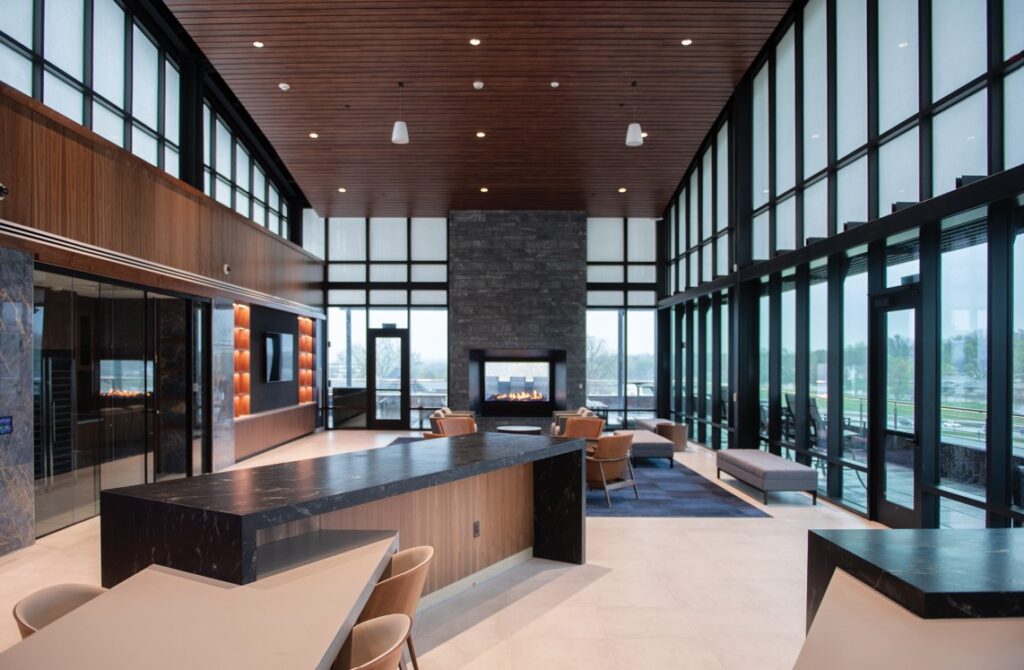New initiative focuses on African-American wealth gap in Des Moines

African-Americans experience joblessness at a rate more than two times that of whites in Des Moines, a sign of the racial wealth divide that’s prevalent across the United States. Nationally, wealth among white families is 15 times that of African-American families, according to statistics from Northwest Area Foundation.
To address those inequalities, the Director’s Council and Northwest Area Foundation on Thursday launched One Economy: Building Opportunity for All, a collaboration focused on Des Moines’ racial wealth divide.
The initiative is part of a larger regional effort led by the Northwest Area Foundation, said Teree Caldwell-Johnson, CEO of Oakridge Neighborhood.
The Director’s Council is working with the State Public Policy Group on research that will form the basis for a report outlining the conditions and specific challenges for African-Americans in the community, Caldwell Johnson said. “That will really start to inform a lot of the work moving forward.”
The three-year project will also generate some pilot projects to test whether various solutions may make a difference.
“We really wanted to identify some opportunities to catch the attention of the community, and really get a sense for whether they will help us move the needle, and whether they are scalable,” Caldwell-Johnson said.
Among the project ideas are micro-enterprise lending and business development programs, along with strategies to replace payday lending with small-dollar loans from local financial institutions.
Additionally, “we’re hoping to have some financial coaches to help build the capacity of individuals to build their assets,” she said. “There’s just a variety of things we can do to create a strong foundation to build an initiative.”
Caldwell-Johnson acknowledged that a number of organizations are already working on similar initiatives across the community, but may be doing them in isolation or on a small scale.
“We want to look at something we can work on systematically, to take what’s happening and escalate it to a different level,” she said.
A similar but broader initiative, the Central Iowa OpportUNITY Community Plan released in April, set a goal of bringing 10 percent of Central Iowa’s population into financial self-sufficiency by 2020 through a coordinated approach targeting education, housing, transportation, workforce, hunger, immigrants and neighborhoods.









